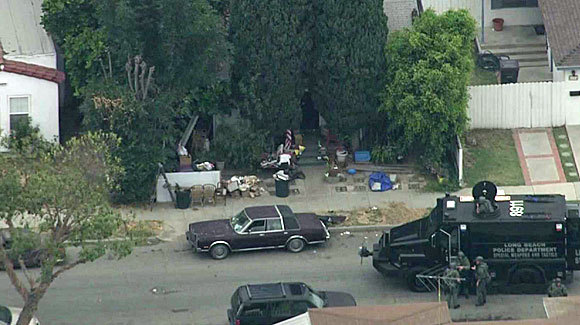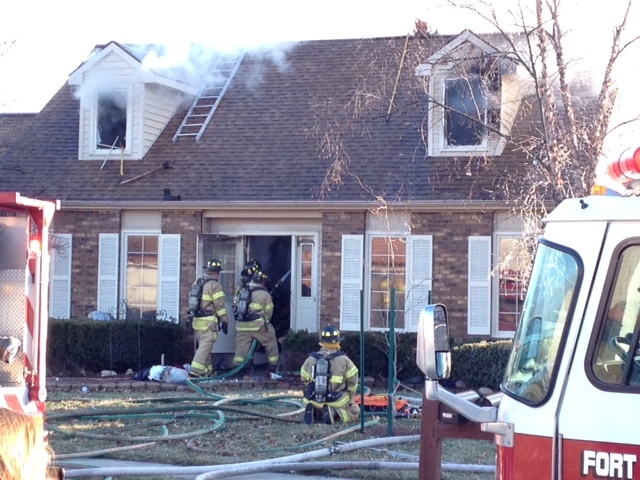Chamber of Hoarders
In the above news video the exposure dangers to all first responder agencies is highlighted. During the clip you will notice fire, police, and EMS agencies all responded to this call for service. The news explains the initial call for service as being a respiratory distress call that evolved into a HazMat situation, due to the suspected Meth Lab inside.
This is a great example of the exposure potential to all first responder agencies. Let’s take a look as some learning points from this news clip:
EMS: Many EMS agencies do not carry the needed equipment needed to protect their responders from the airborne dangers of hoarding, managing the collapse risk, and facilitate a safe removal. the need for additional resources should be made immediately.
Police:Our brothers and sisters in blue often do not receive the awareness training when faced with hoarding conditions. When education is taking place adding them into the classes should be mandatory. Often they will respond for a well being check and, without understanding the danger, enter a environment that is hazardous.
Fire: In the news clip the firefighters take the appropriate actions by wearing their SCBA and turnout gear while investigating the apartment. While this may not be required on all hoarding calls it should be considered if faced with multiple animals and homes filled with fecal matter or urine.
Take away
The most important take away from this short news clip is the need to start identifying these conditions in our areas. Starting a unified approach to hoarding is the “best practice” to ensure all cases are identified and shared with every agency.
Using building inspectors, building managers, and utility workers is a great way to gain access to building that first responders usually do not have access to. Reach out to these agencies and explain the dangers of hoarding and being the mutual working agreement to help combat this problem.














